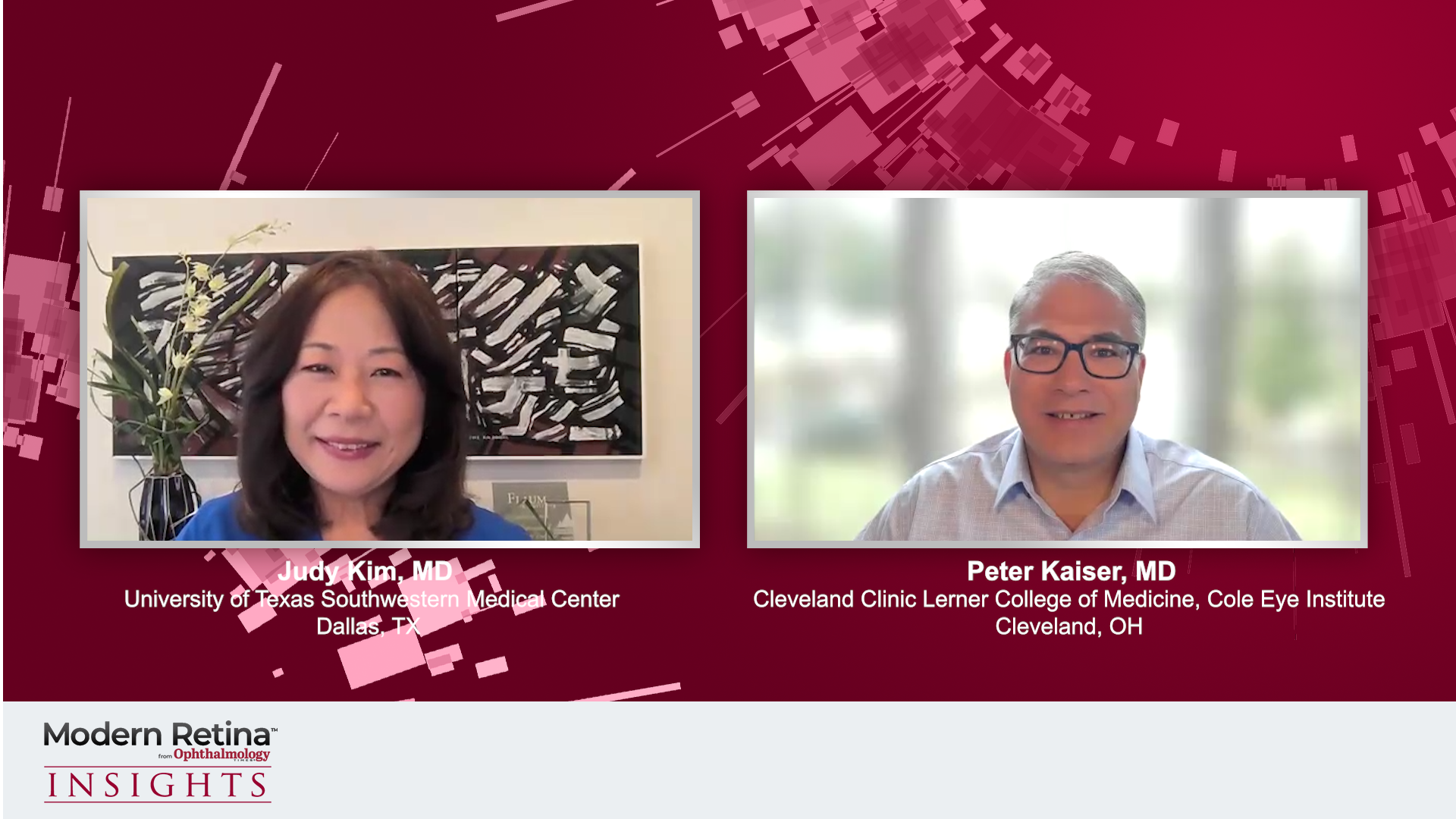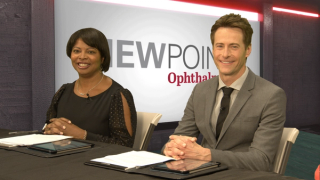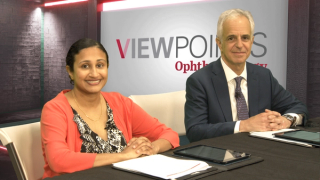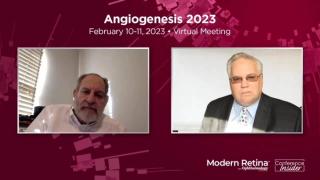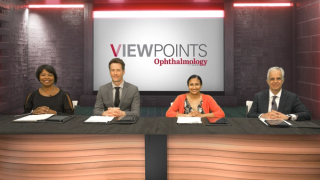
Diabetic Macular Edema
Latest News

Latest Videos

CME Content
More News

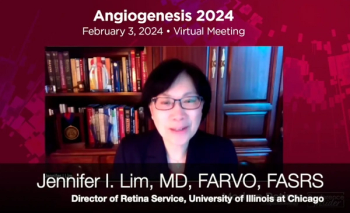
Dr. Jennifer Lim reveals new data on Angiopoietin-2 inhibition as a target for addressing nAMD and DME.

This presentation will outline the safety and bioactivity of KSI-501ABC in patients with diabetic macular edema (DME).

Kamuvudines are a new class of inflammasome inhibitor drugs as therapies for prevalent, degenerative diseases. The trial is evaluating SOM-401 (K8), a derivative of a nucleoside reverse transcriptase inhibitor.

This trial is a multi-center, open-label safety and tolerability study enrolling 30 patients to evaluate a low and high dose of AVD-104 with 3-month follow-up.
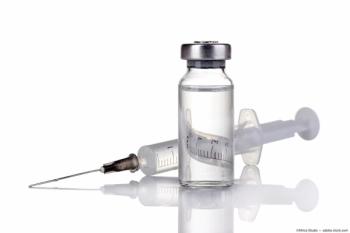
According to the company, EYP-1901 is an investigational sustained delivery therapy containing vorolanib, a selective tyrosine kinase inhibitor formulated in bioerodible Durasert E.

The European Union approval applies to aflibercept 8 mg for treatment of nAMD and DME.

Updates include expected timelines for trials for the treatment of wet AMD, DME, GA, and inherited retinal diseases.

According to the company, if approved, OCS-01 has the potential to become the first topical eye drop and non-invasive treatment option for DME.

Ophthalmology witnessed a transformative year with 12 FDA approvals. As the year concludes, there remains a robust pipeline of drugs, setting high expectations for continued advancements in ophthalmological care in 2024 and beyond.

The company’s lead ophthalmology candidate, EXN407, has the potential to be the first topical treatment for DR/DME.

This was a 52-week, double-masked, phase 3 randomized clinical trial in which treatment-naive adults and adults who had previously received anti-VEGF therapy for DME were included.

Marco A. Zarbin, MD, spoke with the Ophthalmology Times team about conducting a post-hoc analysis of the YOSEMITE and RHINE clinical trials and presenting the results at this year's American Academy of Ophthalmology meeting.

Mathew MacCumber, MD, PhD, FASRS, spoke with Modern Retina about his presentation at the recent Retina Society meeting in New York City titled, "0.19 mg Fluocinolone Acetonide (FAc) Implant Improves Vision and Treatment Burden in Patients with Diabetic Macular Edema: The PALADIN Study."
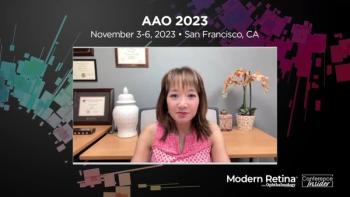
Diana Do, MD, spoke with the Ophthalmology Times team about her presentation of the results for the 96-week PHOTON study of aflibercept at this year's American Academy of Ophthalmology meeting.

In the clinical trial, Oxurion’s novel PKal Inhibitor, THR-149, did not meet its primary endpoint.

Biocon’s YESAFILI is intended for treatment of a number of ocular conditions, including neovascular AMD, visual impairment due to myopic choroidal neovascularisation, visual impairment due to DME and visual impairment due to macular edema secondary to retinal vein occlusion.

EURETINA 2023 highlighted important DME and DR research and data from across the globe.
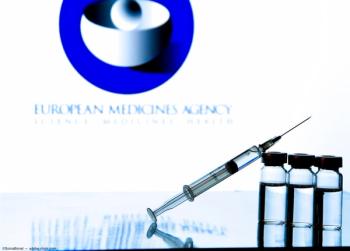
The endorsement follows FDA approval in the United States this summer.
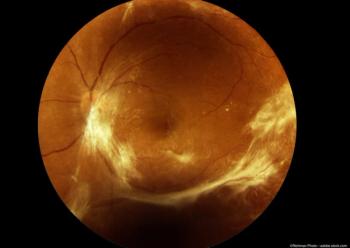
Kodiak paused further development of tarcocimab last summer after its GLEAM and GLIMMER studies in diabetic macular edema did not meet their primary endpoint.
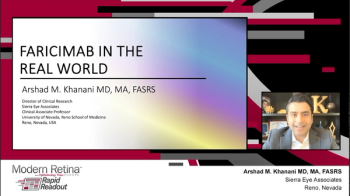
Arshad M. Khanani, MD, MA, FASRS, highlights the fluid resolution with faricimab and the need for loading doses, especially in high-needs switch patients with nAMD or DME.

Arshad M. Khanani, MD, MA, FASRS, discusses rapid improvement with faricimab in several anatomic parameters in treatment-naïve and previously treated patients with nAMD and DME in the TRUCKEE and TAHOE studies.

Researchers are addressing growing concern over vision loss in people taking semaglutideat the American Academy of Ophthalmology annual meeting in San Francisco.

The Phase 3 DIAMOND trial of OCS-01 in Diabetic Macular Edema (DME) presents encouraging results, meeting primary and secondary endpoints.

Few injections lowers treatment burden and maintains safety profile.

